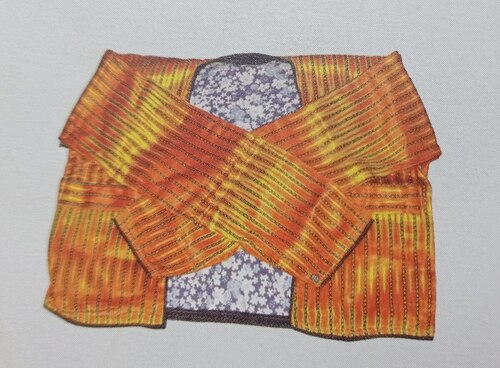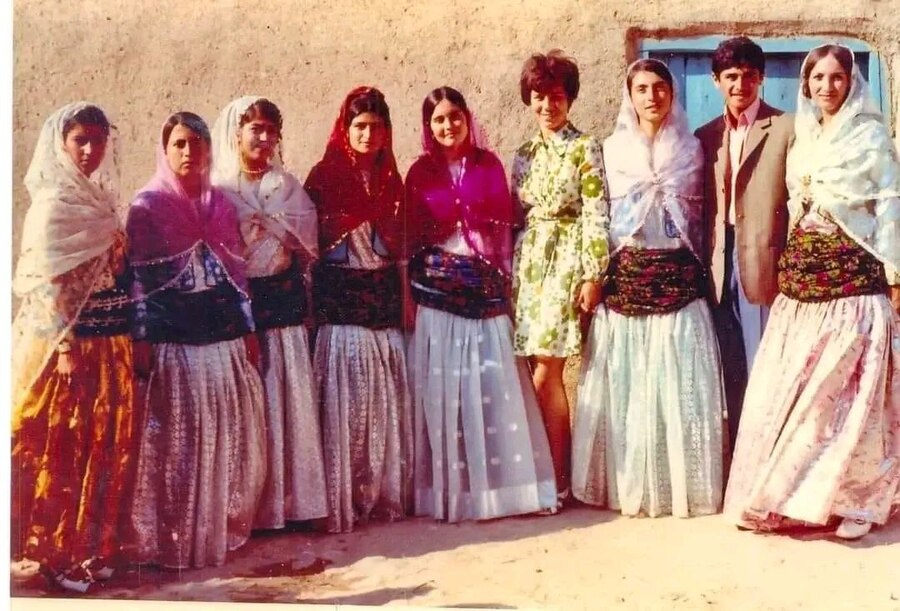Leila Nourani
Kawa (a vest with sleeves)
It is a piece of clothing that includes different parts: Sleeves, Atag (the body part of Kawa), Pishta Kawa (the lining part), Bara Kawa (the part that covers the lining and is sewed on the outside part), Girfan (pockets), Koba and Gwey Kawa (the sides that are sewed neatly); this last part does not exist in the new forms of Kawa.
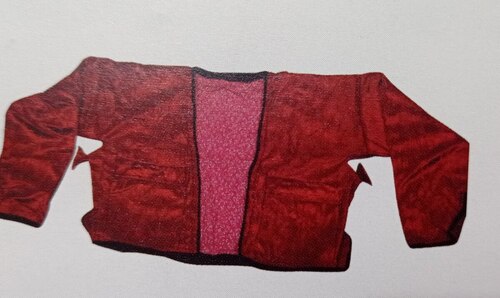
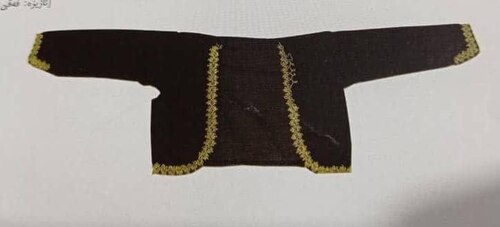
In the past, they used to make Kawa in a way that the Atag part was longer than the new forms we can see nowadays. It was long enough to reach the waist. The pockets were on the outside and the sleeves were loose on the top part where they were attached to the body but they were tight on the end part where they covered the wrists. On the end part of the sleeves about five to ten centimeters of the Bara Kawa cloth were sewed to the lining so that when they had to fold their sleeves to tie Sorani (the long sleeves of the dress worn underneath Kawa) the lining would not appear. Other forms of sleeves were tighter and at the end part close to the wrists, two small buttons were used. In this form, the Soranis were tied around the wrists. This form was especially popular among women in Mahabad because they used to have smaller Soranis. The other form was particularly worn and made by women of the Mangur region. They used to make loose sleeves for Kawa so, longer and larger Soranis could be tied around the wrists and arms.
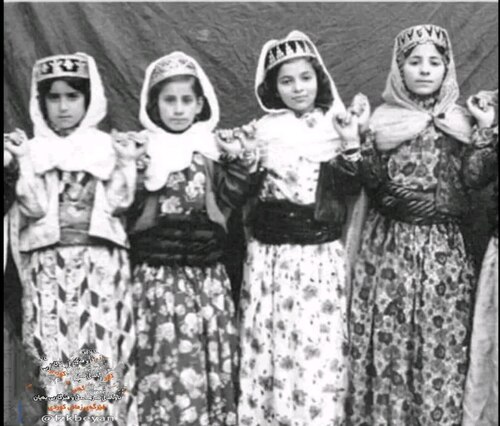
In the old forms of Kawa, the pockets were sewn on the outside and then they would sew some decorative fabrics over it however, later they sewed the pockets on the inside part of the Kawa. In another method of sewing Kawa, all around it and the sleeves and pockets were decorated with a narrow strip and this was common among women in Mahabad. There was a hole in the armpit part of Kawa. In summer they made Kawa with finer fabrics but for the winter they used warmer kinds of fabric to sew Kawa. Brides’ Kawa were red and they used to put some money in the pockets for the brides. In the Mangur region, since the Soranis were very large they used a button on the shoulders to make it easier to keep the Soranis in place. This region’s Kawa was made with shorter but looser sleeves so that they could tie their Soranis (dresses’ sleeves) around their arms or on their shoulders. There were some decorative pieces of jewelry used as pins to keep the Kawa fixed and neat. Some people used coins to decorate their Kawa. Apart from the kinds of Kawa that are explained below, there were other types like Khasraw Shah, Poolak Mahi, Hawt Hasht, Larzanah, Chiman, Poolak Chaspi, and Qanawzi, too.
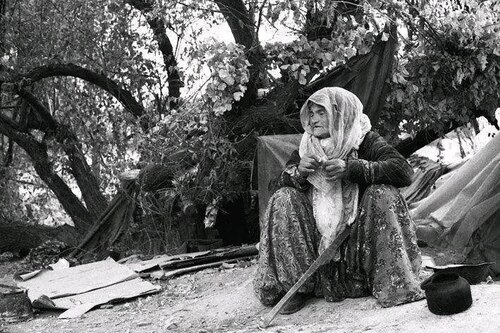
Bara Kawa
The fabric is used as the lining of Kawa on the inside. Mostly fine and simple fabrics were used to make it.
Pishta Kawa
The fabric that is on the outside and it shows how expensive the Kawa is.
Pirtarib Kawa/ Pirmashin Kawa
A high-quality velvet that is made with some cotton or wool stuffed in it to make it warmer. This kind of Kawa was used in winter.
Types of Kawa
Atlas Kawa
A Kawa made of Atlas fabric. It is a kind of fabric as thick as velvet and there are golden or silky flowers on it and it is very expensive. The right side and the wrong side of this fabric appear to have contrastive colors.
Boursayi Kawa
It is a velvety fabric with velvet floral patterns on it. The flowers will not fade away over time.
Poolakadouzi Kawa
This kind of Kawa is made of a diaphanous fabric with lots of sequins. They used to sew a Kawa with a diaphanous fabric then they sewed sequins all over it. It was worn by young girls and brides.
Tor Kawa
It was made of a soft diaphanous with floral patterns. It was used in summer since it was very light weighted.
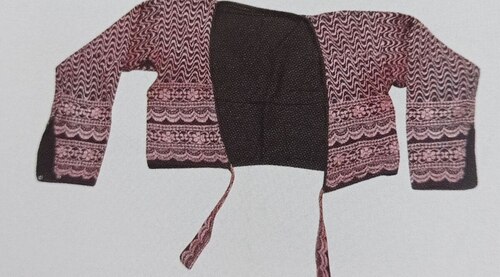
Khazal Kawa
It was a Kawa made of fabric thicker than shantung textile.
Zari Kawa
It is made of a fabric like lame with golden threads and velvet or silky floral patterns.
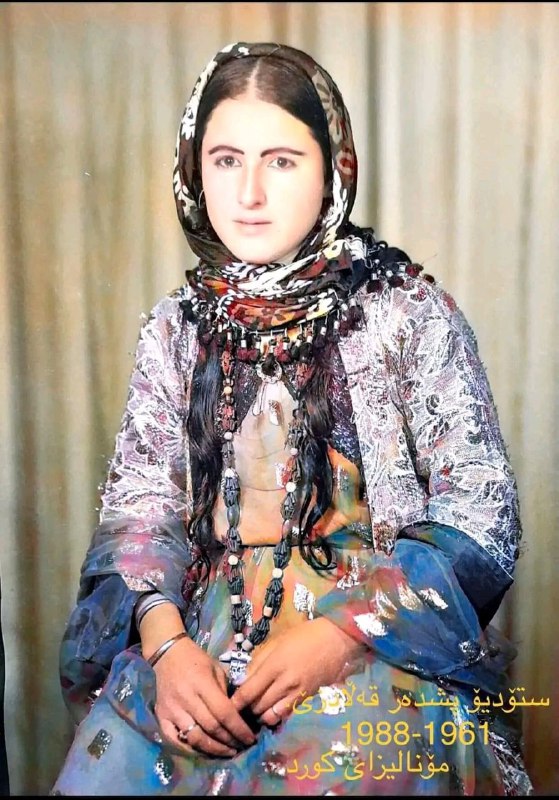
Awenah Zari Kawa
A Kawa is made of a light weighted solid background and it is shiny.
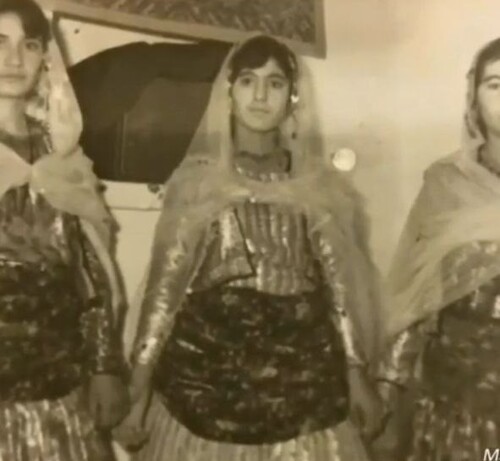
Zari Bizmar Kawa
The fabric looks like a shiny lame and there is a polka dot pattern on it. The polka dots are also shiny the same color as the background of the fabric.
Zari Hasiri Kawa
The fabric used for this Kawa looks like mat textile but it is shiny.
Zari Shoushah Kawa
The fabric is shiny and there are some shiny spots all over the fabric.
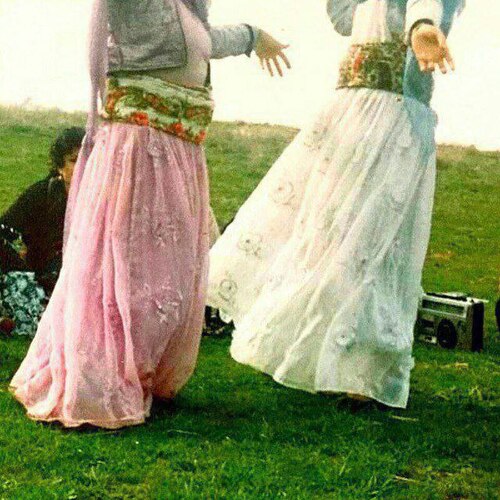
Zari Kamwa Kawa
It is made of knitted fabric with a shiny floral pattern.
Zari Kolkazerinah Kawa
The shiny fabric has a striped pattern. Each strip is three to four centimeters wide and each one has a different color.
Zari Mang Kawa
A knitted fabric with shiny moon patterns.
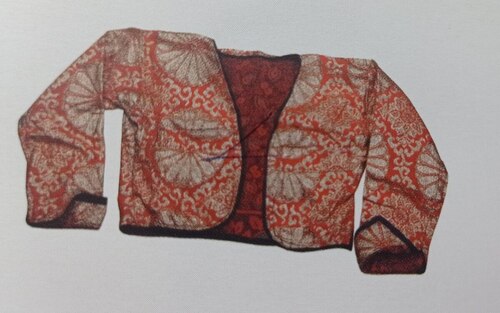
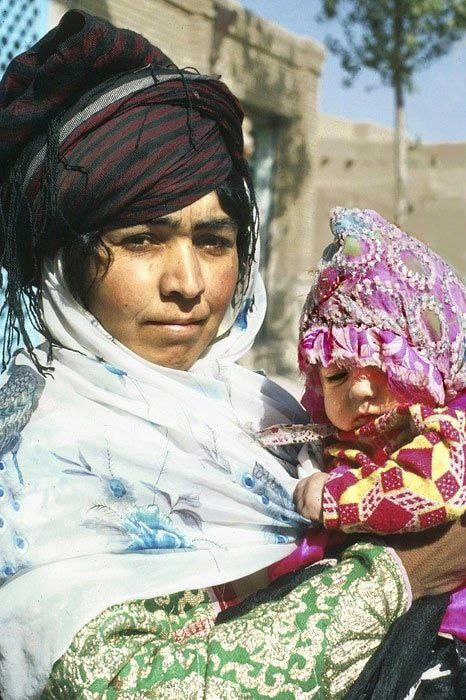
Zindurou Kawa
This kind of Kawa does not have a cut in the armpit like ordinary kinds of Kawas. The sleeves are loose and the wrist part gets tighter. On the wrist part of the sleeves, they sewed them like pumps and they called it “puppy ears”. The sleeves were shorter than ordinary Kawas’. Some knitted coins on their Kawa to make it solid. This kind of Kawa was particularly worn by people in the Mangur region. Not everyone could make this kind and most men had them.
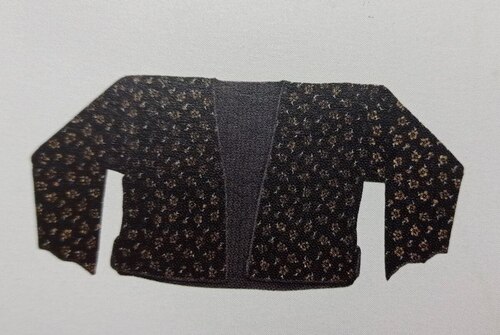
Qutni Kawa
It is a soft fabric made of cotton. It is thicker than Satin with a striped pattern. The strips have a different color from the background of the fabric.
